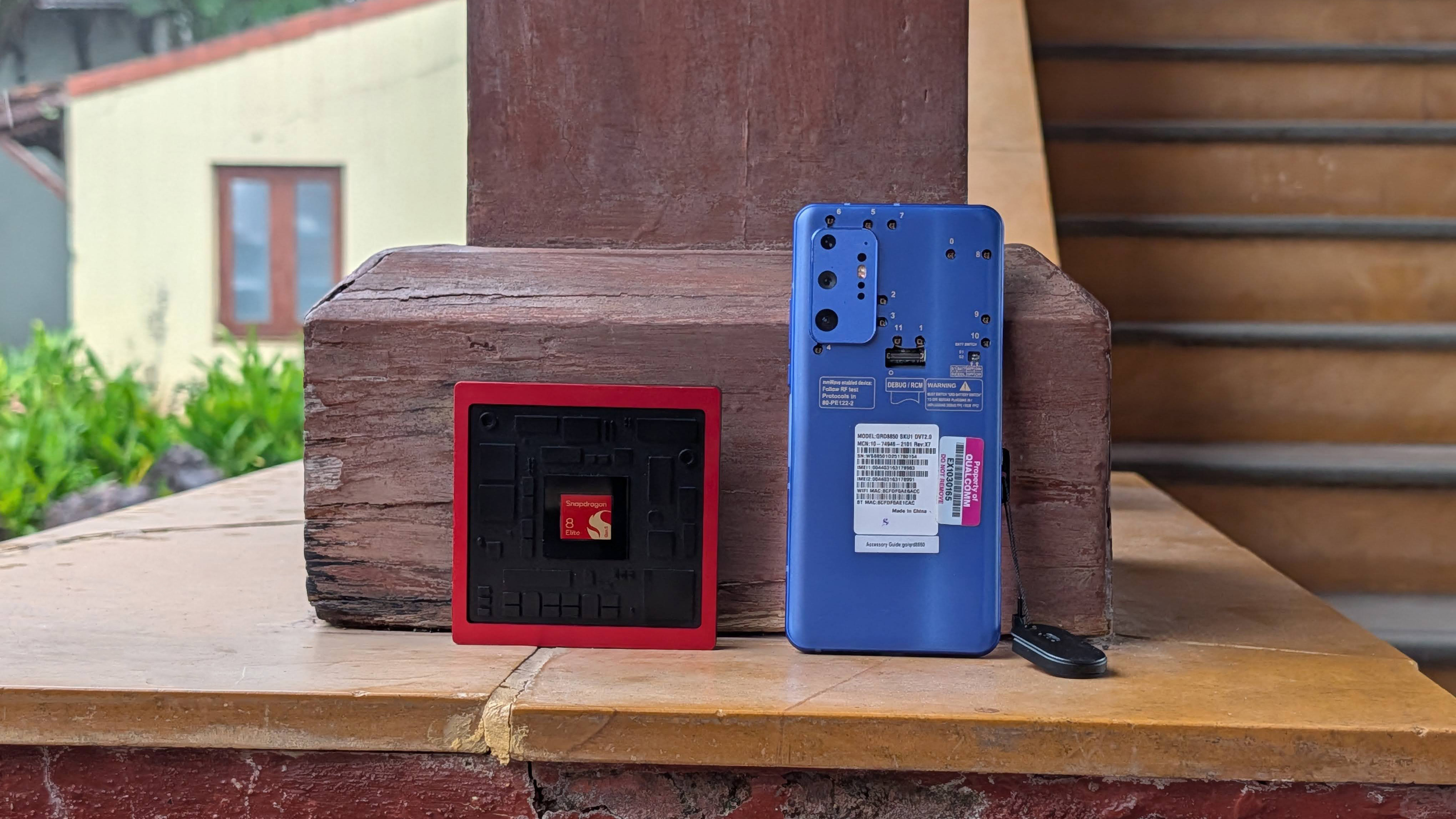Qualcomm Snapdragon 8 Elite Gen 5: Everything you need to know
The Snapdragon 8 Elite Gen 5 is the fastest mobile platform available today.

The introduction of Snapdragon 8 Elite was a pivotal moment in Qualcomm's history, as it saw the return of custom CPU cores after a decade. Combined with the node shift to 3nm, the 8 Elite delivered massive gains across the board, and it continues to be one of the fastest mobile platforms available today.
Qualcomm isn't sitting idly by either — the successor to the Snapdragon 8 Elite is now available, and it is dubbed the Snapdragon 8 Elite Gen 5. Awkward naming aside, the new chipset delivers sizeable gains across the board, and it aims to solidify Qualcomm's position in this category.
Qualcomm Snapdragon 8 Elite Gen 5: CPU

Qualcomm went back to using custom cores with the Snapdragon 8 Elite, and the Snapdragon 8 Elite Gen 5 builds on this foundation. It uses a similar configuration that sees two performance cores, but they're now clocked at 4.6GHz. They're joined by six efficiency cores that go up to 3.6GHz.
Although the 8 Elite Gen 5 is also built on a 3nm node — it uses TSMC's 3NP node — Qualcomm is able to deliver huge performance gains. In synthetic benchmarks of the Snapdragon 8 Elite Gen 5, you get up to a 25% increase in single-core workloads, and up to 20% in multi-core scenarios.
The chipset scored 3,832 in Geekbench's single-core workload, going over 12,000 in the multi-core test. To put that into context, the maximum I got in Geekbench with the Snapdragon 8 Elite is 3,190 in single-core and 9,957 in multi-core results.
Of course, these results were on a Qualcomm reference device, and while real-world usage may not lead to scores that are as high, it's clear that the latest platform is able to deliver exciting gains.
Qualcomm Snapdragon 8 Elite Gen 5: Gaming

The Snapdragon 8 Elite is a gaming powerhouse, and it has a significantly higher overhead when it comes to playing demanding titles. I didn't see any issues getting stable framerates even with all the settings turned up, and if anything, the gaming ecosystem on Android is the bottleneck — we need console-quality titles like iOS.
Get the latest news from Android Central, your trusted companion in the world of Android
The Snapdragon 8 Elite Gen 5 continues this momentum, delivering heady gains to the tune of 20% in 3DMark. Essentially, this is now the fastest mobile SoC when it comes to gaming, and I'm excited to see what gaming-focused devices based on the platform will be able to achieve.
Qualcomm Snapdragon 8 Elite Gen 5: Hardware

Qualcomm is touting several new features on the Snapdragon 8 Elite Gen 5. The platform gets Advanced Professional Video (APV) codec integration, allowing lossless video with a high bitrate.
The Hexagon NPU is over 35% faster, and Qualcomm says it enables agentic AI use cases. With most phone manufacturers heavily pushing AI in their devices, this is likely to be a huge deal in real-world use.
Qualcomm Snapdragon 8 Elite Gen 5: Availability
We don't need to wait as long to get devices based on the Snapdragon 8 Elite Gen 5. The Xiaomi 17 series has already launched in China, and the OnePlus 15 is similarly available in the country. With iQOO, Realme, Honor, and other manufacturers set to launch global devices based on the chipset, it's just a few weeks before we see how the Snapdragon 8 Elite Gen 5 in real-world use.

Harish Jonnalagadda is Android Central's Senior Editor overseeing mobile coverage. In his current role, he leads the site's coverage of Chinese phone brands, networking products, and AV gear. He has been testing phones for over a decade, and has extensive experience in mobile hardware and the global semiconductor industry. Contact him on Twitter at @chunkynerd.
You must confirm your public display name before commenting
Please logout and then login again, you will then be prompted to enter your display name.
